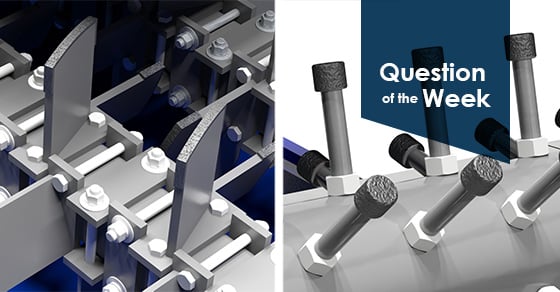Pin mixers and pugmill mixers are industrial mixing devices with each offering their own distinct advantages and capabilities. Oftentimes, the material itself dictates which piece of equipment is best for the operation at hand.
Pug mills are used for mixing, agglomerating, and conditioning. They utilize a tumbling, kneading, and medium shear action to provide a thorough mixture of liquid and solid feed materials. The pugmill mixer’s kneading motion makes them especially adept at processing heavy-duty materials. They also offer a higher throughout than pin mixers, making them an attractive option for high capacity settings.
Common pugmill mixer applications include:
- Municipal sludge
- FGD scrubber sludge
- Fertilizers
- Coke fines
- Carbon powders
- And many more
Pin mixers are used for mixing, agglomerating, conditioning, micro-pelletizing, and de-dusting materials. They utilize a spinning action to densify materials and create small micro-pellets. This high-speed spinning also offers a better result in densification than the pugmill mixer. Pin mixers are ideal for processing ultra-fine materials such as powders, with other common pin mixer applications including:
- Coal dust
- Gypsum
- Limestone
- Calcium chloride
- Sodium aluminum chloride
- And many more
For more in-depth information, view our blog Choosing an Industrial Mixer: Pin Mixers Vs. Paddle Mixers, or contact a FEECO expert today!


